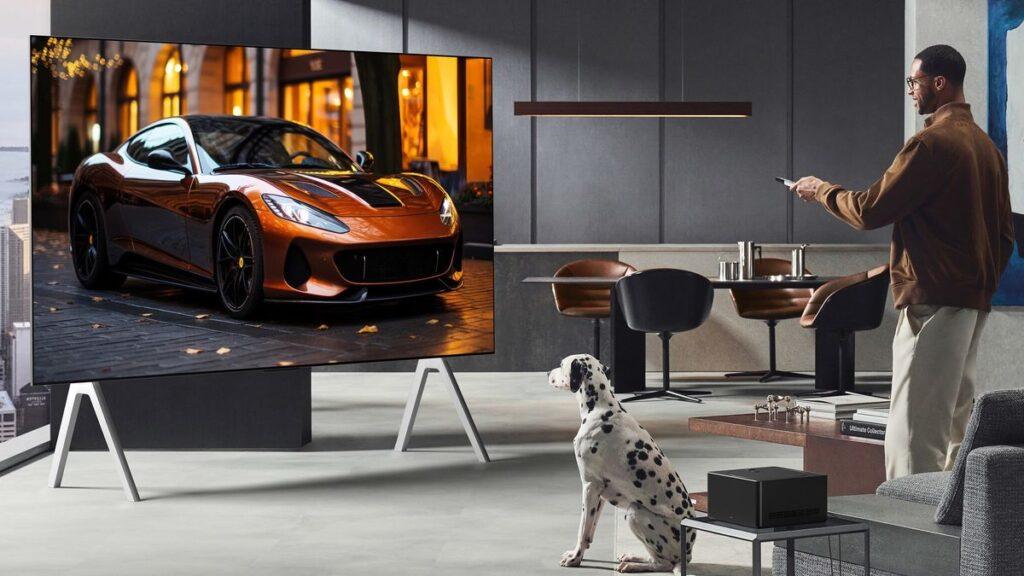- Step 1: Add AI to everything
- Step 2:…
- Step 3: profit!
Many years ago, The Blackout Crew had a hit with a song that urged us to “get your ass on.” And now LG and Samsung are doing something similar, but instead of a song it’s a TV and the donk is AI.
Both Samsung and LG are apparently leaning heavily on AI to sell you a new TV this year, and both are doing so with Microsoft’s Copilot as well as their own AI features.
AI isn’t new to TVs: It’s become a catch-all term for smart systems that handle things like audio and video upsampling. And the AI in the two companies’ 2025 TVs appears to come in two flavors: things that could improve your TV experience and an AI app that could tell you to put glue on pizza (AI Overviews, we’re looking at it there). ).
What are LG and Samsung doing with AI in their 2025 TVs?
Samsung calls its AI features Samsung Vision AI, and it’s coming to TVs this year, including the Neo QLED, OLED, QLED, and The Frame models. The goal, Samsung says, is to make TVs aware of their surroundings, adapt to user preferences and be “autonomous in delivering intuitive features.”
In practice, that means better integration with SmartThings plus three key features: Live Translate, for real-time subtitle translations; AI generated wallpaper; and click to search to learn more about who or what is on the screen. And, as before, it means images dynamically optimized based on what you’re watching and how much light there is in the room where you’re watching it.
As for Copilot, Samsung says it will “allow users to explore a wide range of Copilot services, including personalized content recommendations.” There are no further details at the moment, suggesting that it is still far from becoming a central part of the smart TV setup.
LG is also going down the path of AI-powered personalization. In addition to using algorithms to improve resolution and image quality, there’s AI-powered surround sound and a new name for the remote control: it’s now AI Remote.
LG says your TV will greet you by name, give you personalized recommendations, detect different voices, and adjust on-screen suggestions accordingly. There’s AI search, an AI Chatbot help system, and once again, generative images and Copilot queries.
It’s easy to be cynical about the current hype over AI: do we really want to burn the planet faster so we can create more images of people with six fingers? – and the AI prefix in tech marketing is starting to look a little like “cyber” or the “i” prefix in the old days. But AI audio and video sampling and optimization is getting really good; I think it would be a shame if the slickest stuff distracts from the really useful things that AI and machine learning can do for TVs in terms of improving what you actually see and hear.




